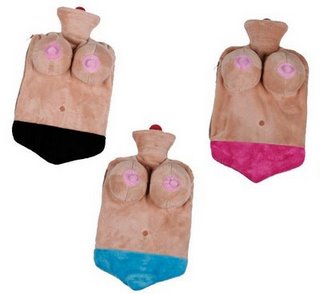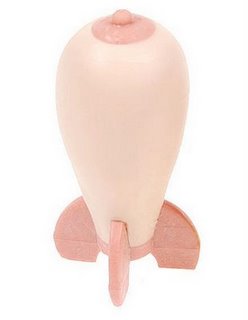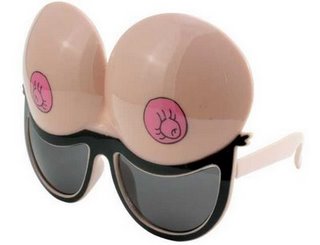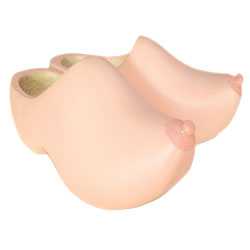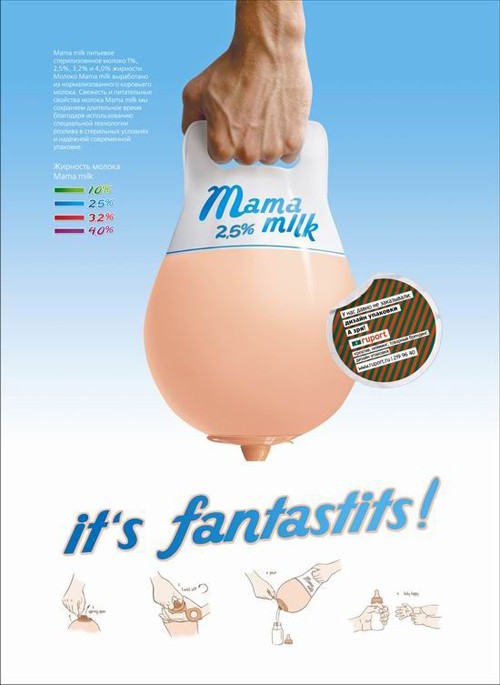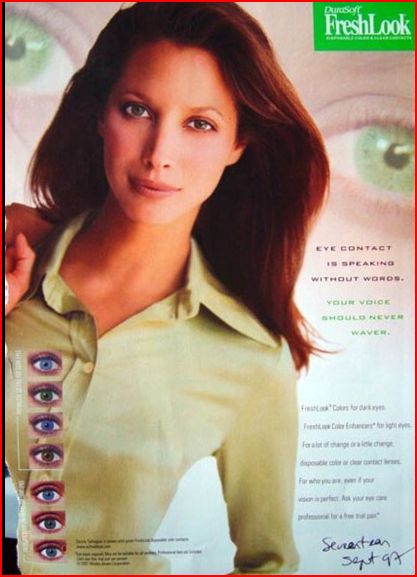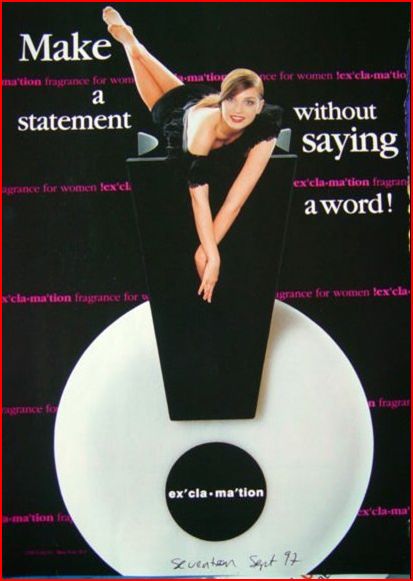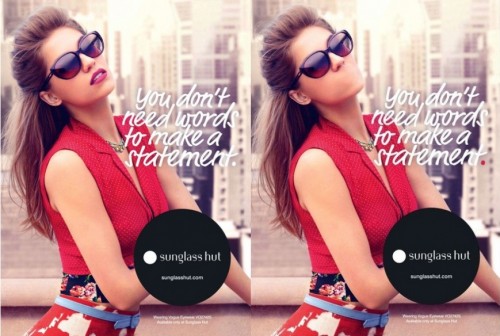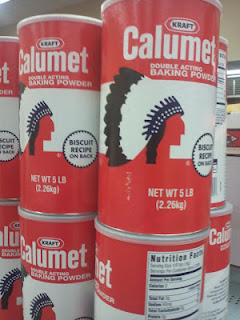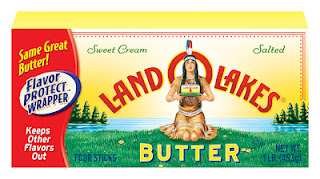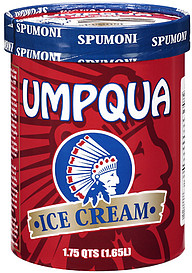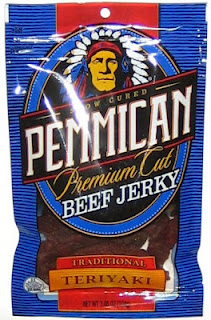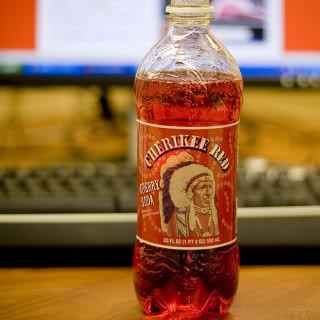In 2010 we posted about a Boston.com slide show celebrating Oktoberfest. We argued that, while many different types of men were included, the women pictured were overwhelmingly young and often had visible cleavage. That is, the slideshow was an example of the sexual objectification of women. In response, the slide show editor, Alan Taylor, sent us a note saying that, while he didn’t disagree and was sympathetic to our concern, he was limited by what photographs were available as well as their quality.
This year’s photos, I noted pleasantly, had exactly zero gratuitous cleavage shots. I thought I’d highlight it as an example of how not to sexually objectify women in an Oktoberfest slide show.
In other words, look! It’s possible to take pictures of young women in dirndls without showing tons of cleavage!
MSNBC does a pretty good job too. See also, Oktoberfest and Tradition.
Lisa Wade, PhD is an Associate Professor at Tulane University. She is the author of American Hookup, a book about college sexual culture; a textbook about gender; and a forthcoming introductory text: Terrible Magnificent Sociology. You can follow her on Twitter and Instagram.

